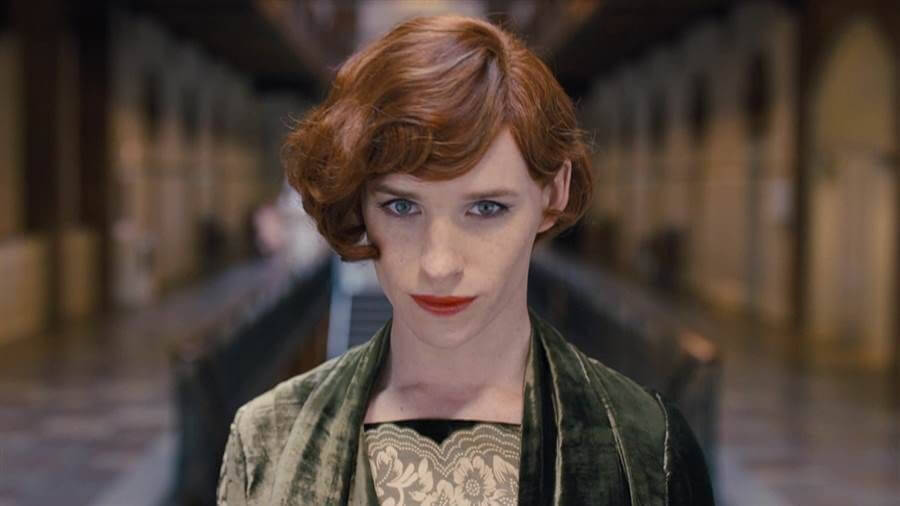The Danish Girl
“This tender portrait of marriage asks: What do you do when the person you love has to change?”
[dropcap]T[/dropcap]he Danish Girl by David Ebershoff is a novel loosely based on the story of Lili Elbe, formerly the artist Einar Wegener- the first person to go through gender reassignment from male to female. The issue of transsexuality is not a widely explored fictional subject, and to some might seem a risky topic for a debut novel. David Ebershoff took on the challenge of writing about gender and sexual identity, and the result is truly beautiful. He explores self-discovery, sensuality and love in a way that is harmonious with, rather than alienated from, loss and death.
It made me question my own strength of character; what would I do if someone I loved had to change?
One afternoon, while in his wife’s studio, Einar Wegener is asked to wear women’s stockings and shoes by his wife Greta, so that she may complete a painting of an opera singer. The experience sparks a realisation for Einar about who he feels he should be. That afternoon, Lili was born inside him. The story follows the couple as Einar slowly makes the transition from man to woman, charting the emotional and physical ups and downs of Lili’s emergence. This tale is as much about Greta’s emotional sacrifices as Einar’s experiences: she supports his transformation, treating Lili with the greatest care, despite the inevitable loss of the man she loves. His death is the condition of Lili’s permanent existence.
Ebershoff explores self-discovery, sensuality and love in a way that is harmonious with, rather than alienated from, loss and death
The Wegeners’ intimate, loyal and unconventional marriage is an element of the story that makes its reader emotionally invested; it is a rare example of a genuinely intriguing love story – refreshing within a genre renowned for its clichés. Ebershoff gently probes the theme of sexual identity; only occasionally does the story move from emotional to visceral in its exploration of this. Ebershoff’s writing style is painterly in its approach, reflecting the artists he writes about. Words are like strokes of paint on a canvas, which cumulatively create an intoxicating sense of time, place and personality. Ebershoff’s Denmark is strikingly similar to the 17th century Netherlands of Tracy Chevalier: The Girl With The Pearl Earring and The Danish Girl have a lot in common stylistically, albeit not regarding their central theme.
Einar’s death is the condition of Lili’s permanent existence
The Danish Girl is ultimately an emotional tribute to anyone who has ever felt like they were born in the wrong body. It made me question my own strength of character; what would I do if someone I loved had to change? From within the novel, the image of pretty Lili Elbe may haunt you long after the book’s pages have been closed.
Image Credits: Kalash Nikov (Header and Insert)


Comments